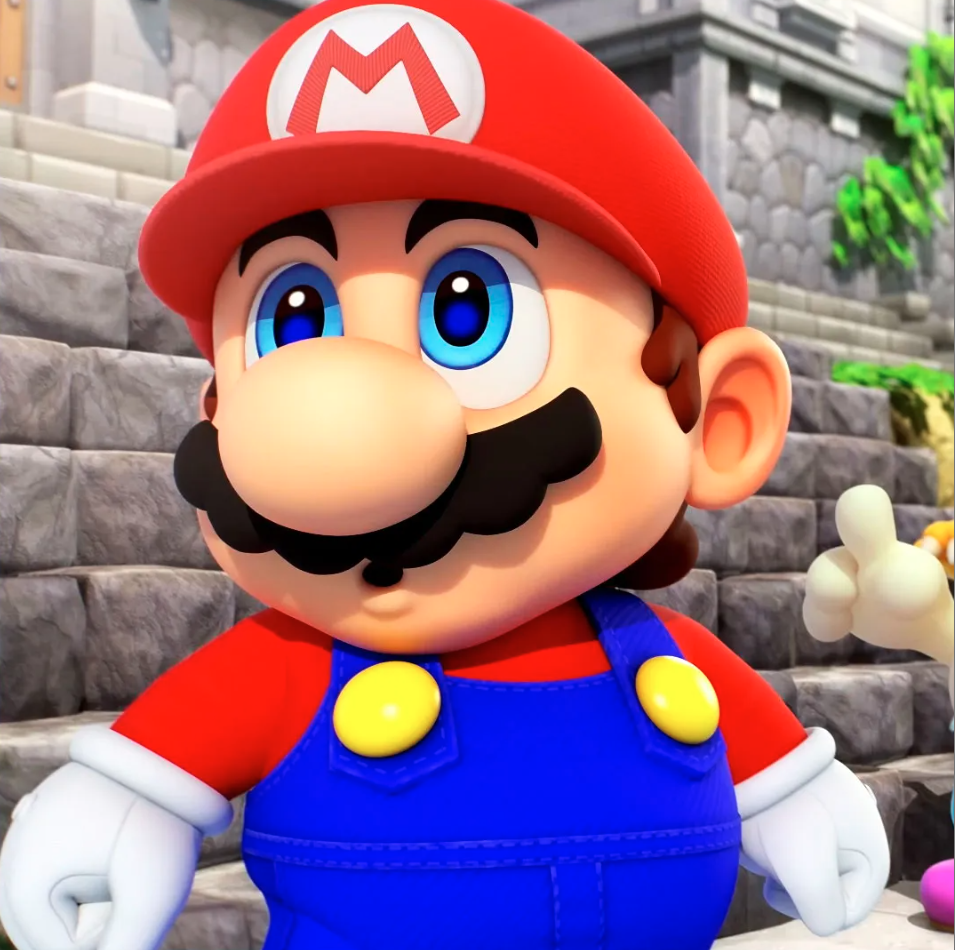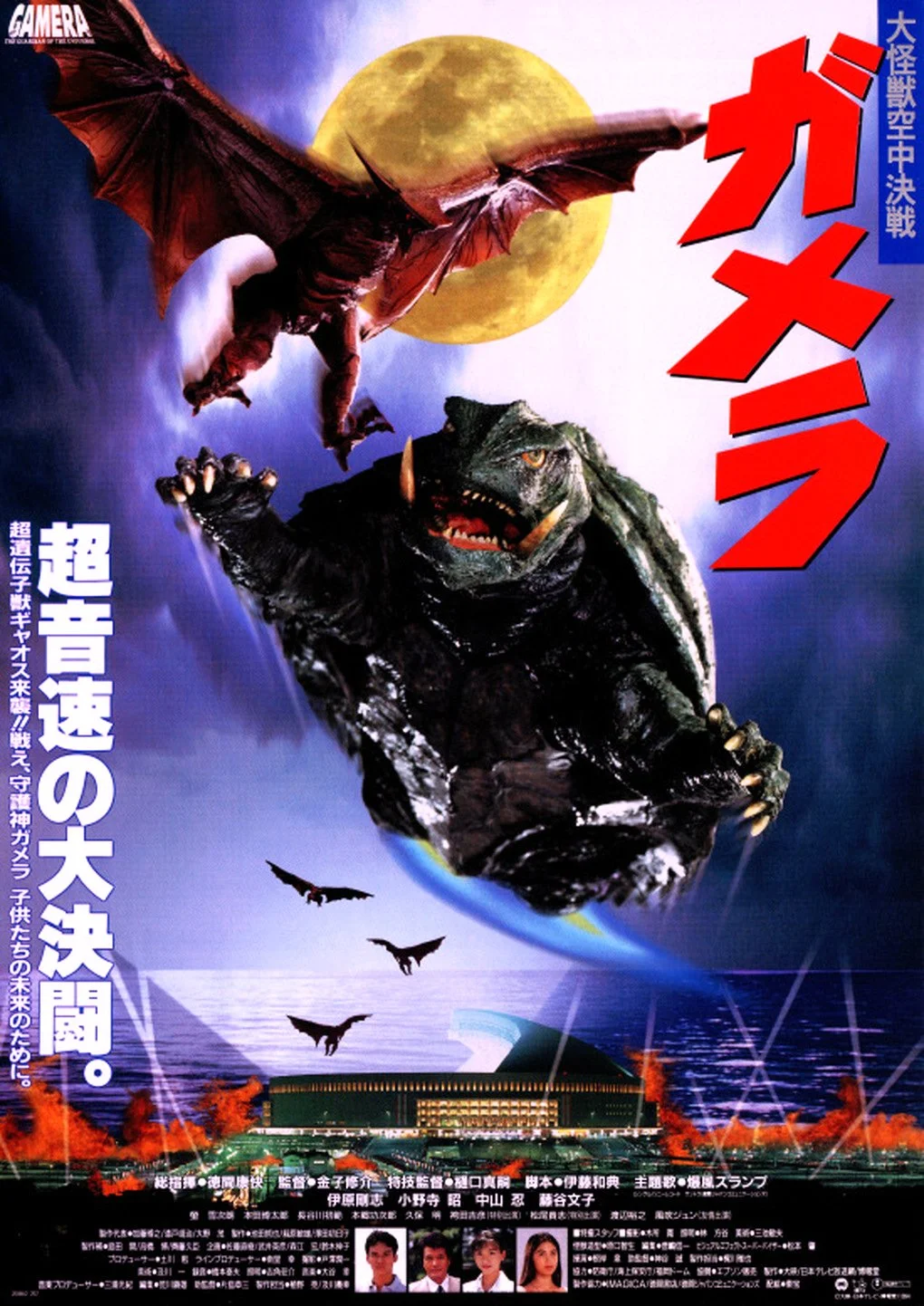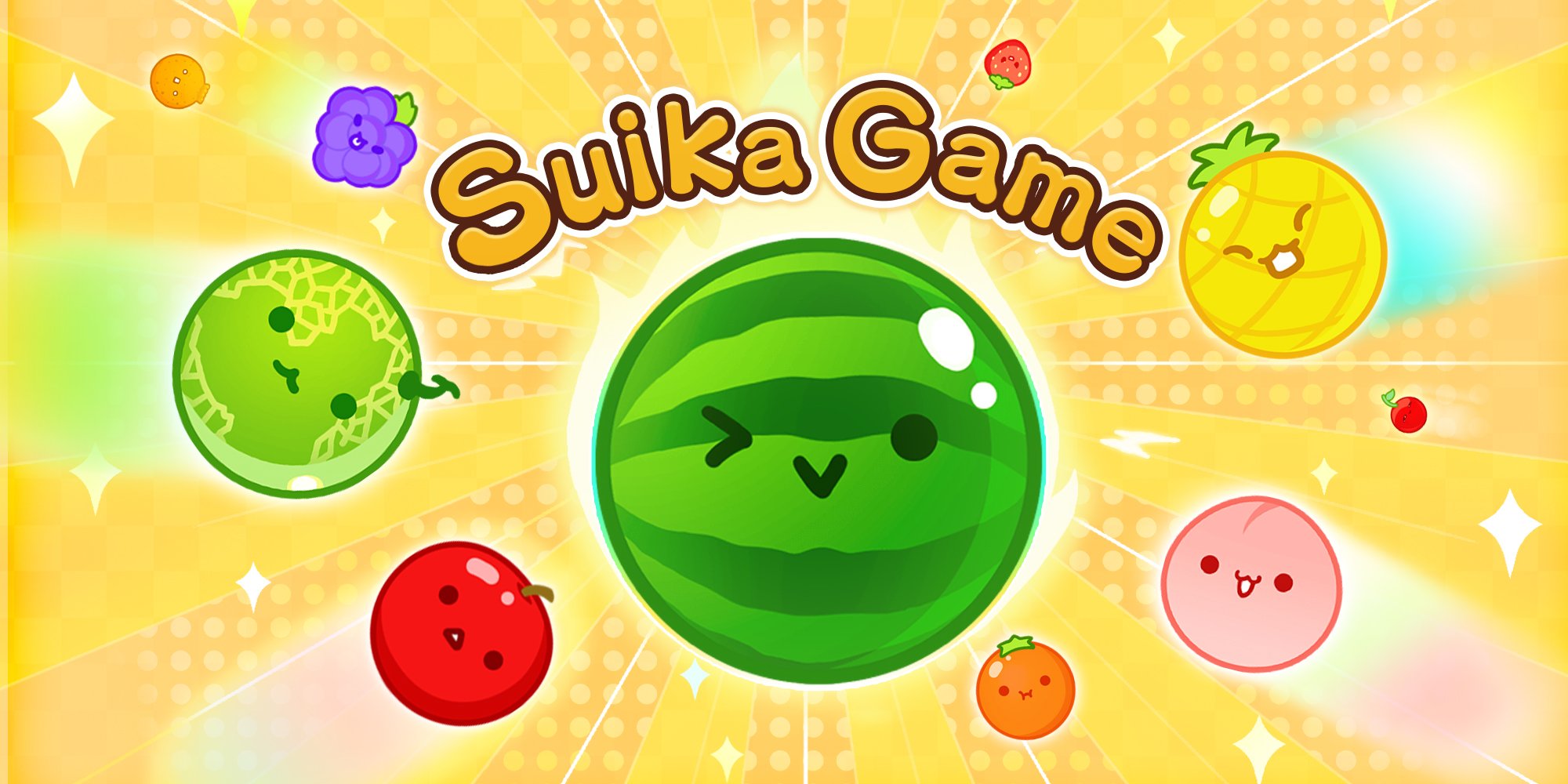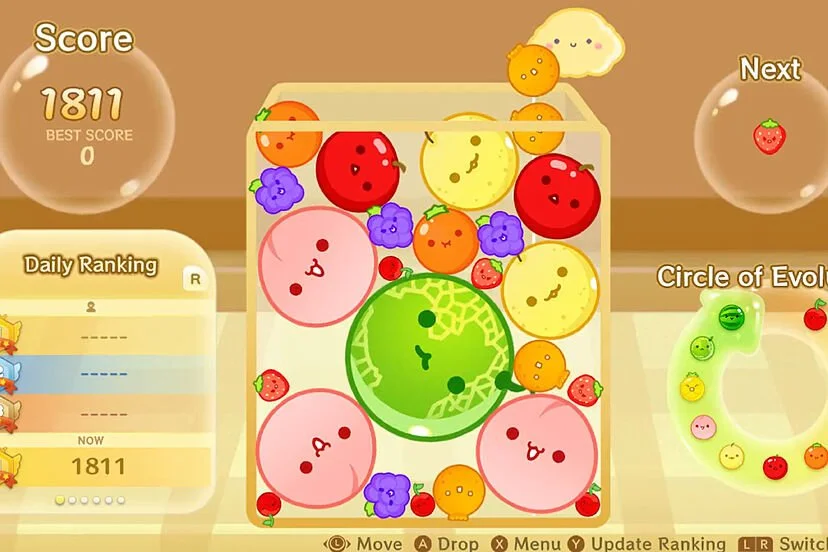Games Are For Children... And Jeff Grubb | Winter Spectacular 2023
I’ve put off writing this for a while for a good reason: writing is the biggest reminder that my attention span is going as I get older. I feel like a car with a bad transmission where my brain keeps disengaging from the gear. Instead, when I press on the accelerator, the motor revs up but it doesn’t actually produce any thrust.
As someone who made a living writing for 10 years, that is petrifying. I live with a constant buzz in the background – it’s like a million bees just out of sight trying to warn me that the skills I rely on to feed my family could slip away. That anxiety, of course, only makes writing more difficult.
But entropy is natural. In the end, everything breaks. And maybe you can still get the same results, but it requires you to cram more and more energy into the system to keep the components from breaking down. That is exhausting, though. And, at a certain point, you reach something akin to peak oil. The amount of input energy required to create a paragraph is not worth the output reward on the other side.
This is why I’m grateful for video games.
Or, I should say, this is why I’m grateful for the games my kids like. If you listen to my podcasts or follow me on social media, you know that I have an aversion to games that take up a lot of time with their story or prioritize elaborate animations over immediate game feel.
If I were to look for my own shorthand to describe the kinds of games I find off putting, I would call them “games for adults.” That’s not exactly accurate. They are more like games that present themselves as being for the discerning, mature gamer. The marketing might as well be shouting, “You don’t have to be embarrassed about liking these games.” These games betray a deep insecurity. One that requires what we consume to make us feel important.
I associate these games most with the fine-wine scene, which is a racket. In 2016, researchers asked a group of wine drinkers to pick the better wine between two different bottles. One bottle was expensive and the other was 2-buck chuck. People picked the more expensive bottle exactly 50% of the time – meaning that you’d have just as much luck picking the more expensive bottle with a coin flip. In other words, people could not tell the difference between the two glasses of wine.
In a previous 2008 study, researchers found that people’s pleasure is greatly affected by how expensive they believe something is. This isn’t a problem per se. If you are happier because you spend more money, then more power to you. But I personally feel manipulated by this kind of marketing, and I see it everywhere in video games.
Video games are getting more expensive to produce every year, and that’s because gamers want to see the money on the screen. That cost perception adds to the enjoyment for a certain audience. And while I won’t deny anyone that joy – it’s not something I think should be the default.
Expensive games for adults also shouldn’t be viewed as the ultimate form of expression in games. Instead, I think those games should be the middle part of a journey that gamers go on. A journey similar to what Roger Ebert described when he reviewed Gamera: Guardian of the Universe in 1998.
“There's a learning process that moviegoers go through,” Ebert wrote. “They begin in childhood without sophistication or much taste, and for example, like ‘Gamera’ more than ‘Air Force One’ because flying turtles are obviously more entertaining than United States presidents. Then they grow older and develop ‘taste,’ and prefer ‘Air Force One,’ which is better made and has big stars and a more plausible plot. (Isn't it more believable, after all, that a president could single-handedly wipe out a planeload of terrorists than that a giant turtle could spit gobs of flame?) Then, if they continue to grow older and wiser, they complete the circle and return to ‘Gamera’ again, realizing that while both movies are preposterous, the turtle movie has the charm of utter goofiness--and, in an age of flawless special effects, it is somehow more fun to watch flawed ones.”
This brings me back to the games my kids like. They have no perception for how much a game costs. At 4 and 6, culture hasn’t had time to instill in them a sense of what important and expensive is supposed to look like.
Instead, they know what is actually important: how a game makes them feel.
Now, of course, an “expensive” or “important” game can make you feel a million different ways. But to me, the way my kid’s face lit up in the first seconds of playing Suika Game is the real test. That was a sign that the game is maybe not important or expensive, but it is doing something that even a child can recognize as being truthful and satisfying.
Suika Game is that viral sensation out of Japan for the Switch that is Threes but with physics and fruit. You combine cherries to make strawberries, and then you combine the strawberries to make grapes. Keep doing this and eventually you'll make a watermelon.
The reason I so deeply appreciate Suika Game is because it is the opposite of writing for me. It fits into my brain. Its physics system feels like a poetically true reproduction of real-world physics, and the presentation is cute and juicy.
But Suika Game isn’t special because my kids happen to like it. Suika Game is special because it is explicitly a game made for children. A huge part of that is the minimal text and basic controls. But the deeper truth is that Suika Game is better because its developers built a game that kids would like – simple, responsive, and pleasant to look at.
Because as with all things, it’s better if it’s for kids.












